Home>Home Appliances>Bathroom Appliances>How To Reset A Weight Scale
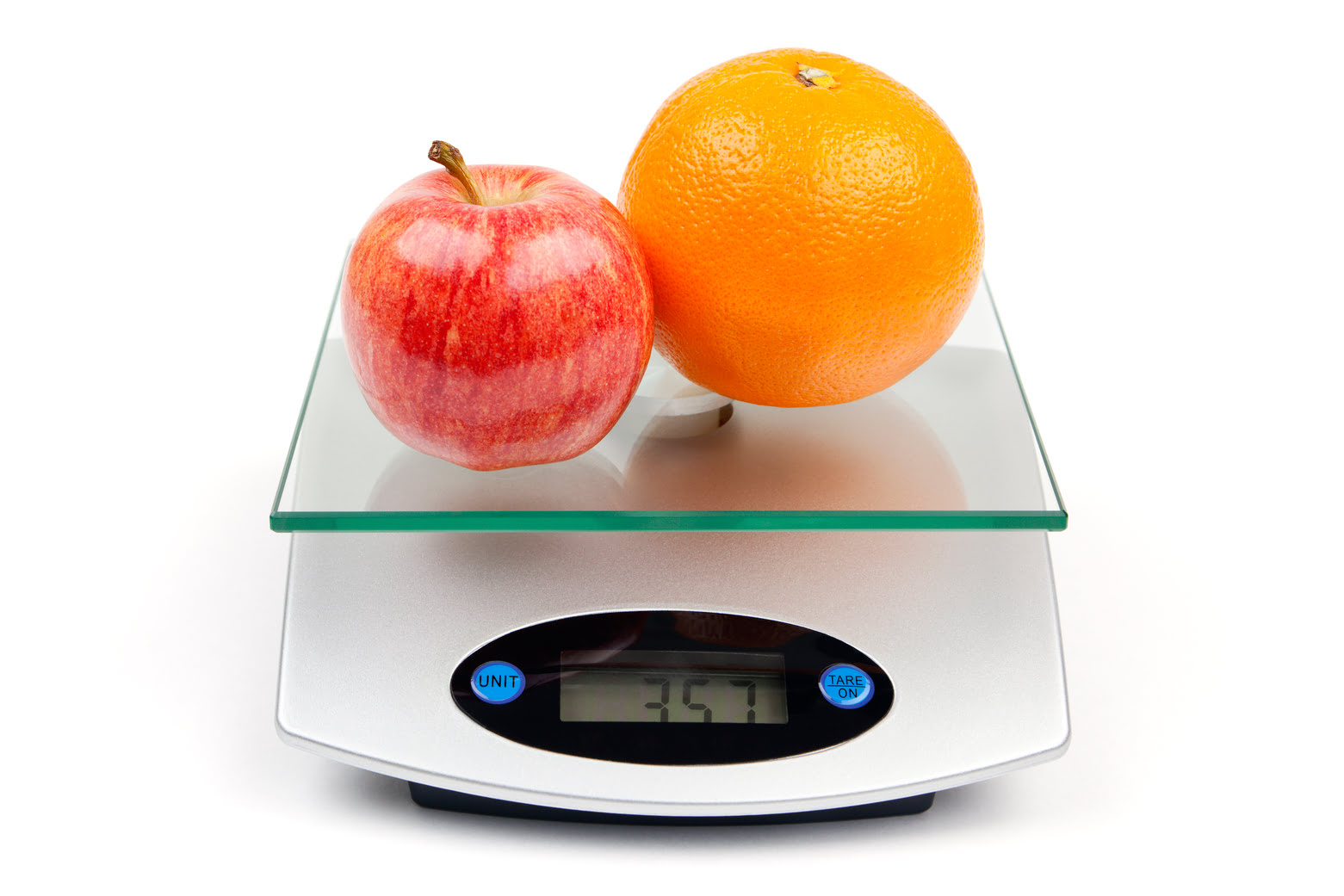

Bathroom Appliances
How To Reset A Weight Scale
Published: February 13, 2024
Learn how to reset a weight scale for accurate measurements. Follow our step-by-step guide to troubleshoot your bathroom appliances and get them working perfectly.
(Many of the links in this article redirect to a specific reviewed product. Your purchase of these products through affiliate links helps to generate commission for Storables.com, at no extra cost. Learn more)
Introduction
Resetting a weight scale is a simple yet essential process that can help resolve various issues, such as inaccurate readings or error messages. Whether you have a digital or analog scale, knowing how to reset it properly can ensure that you consistently obtain accurate weight measurements. In this comprehensive guide, we will walk you through the step-by-step process of resetting your weight scale, providing you with the knowledge and confidence to troubleshoot any potential problems.
A weight scale is a fundamental tool for monitoring and maintaining a healthy lifestyle. Whether you use it to track your fitness progress, manage your weight, or simply stay informed about your body's changes, a reliable and accurate scale is indispensable. However, over time, weight scales may encounter issues that affect their performance, such as displaying incorrect readings or failing to turn on. In such instances, performing a reset can often resolve these issues and restore the scale to its optimal functionality.
Understanding the importance of resetting a weight scale is crucial for ensuring its accuracy and reliability. By following the steps outlined in this guide, you can effectively address common issues and maintain the precision of your scale's measurements. Whether you are a fitness enthusiast, health-conscious individual, or someone who simply values the convenience of having a dependable weight scale at home, mastering the art of resetting your scale is a valuable skill that can save you time and frustration in the long run.
Now, let's delve into the step-by-step process of resetting a weight scale, empowering you with the knowledge and expertise to troubleshoot and resolve any potential issues that may arise. Whether you are a beginner or an experienced user, this guide will equip you with the essential know-how to reset your weight scale with confidence and ease.
Key Takeaways:
- Mastering the art of resetting a weight scale is crucial for maintaining accurate measurements and troubleshooting common issues, ensuring a seamless and reliable experience.
- By following the step-by-step process and conducting thorough testing, individuals can confidently restore their weight scales to optimal functionality, empowering them to proactively monitor their health and wellness.
Read more: What Is A Weight Scale
Step 1: Gather Necessary Materials
Before initiating the process of resetting your weight scale, it's essential to gather the necessary materials to ensure a smooth and efficient reset. While resetting a weight scale typically requires minimal equipment, having the right tools at hand can streamline the process and help you avoid any potential setbacks.
Digital Weight Scale:
If you own a digital weight scale, the primary material you will need is a small, pointed object such as a pen, paperclip, or a similar tool. This item will be used to access the reset button, which is often located in a discreet compartment on the scale. By having a small, pointed object readily available, you can easily access the reset button without causing any damage to the scale's exterior.
Analog Weight Scale:
For those with an analog weight scale, the essential materials for the reset process include a soft, damp cloth and a flat surface. Before resetting an analog scale, it's important to ensure that the scale's surface is clean and free from any debris or obstructions. By having a soft, damp cloth nearby, you can quickly wipe down the scale to remove any dust or dirt that may affect its accuracy. Additionally, having a flat surface available will allow you to place the scale securely during the reset process, ensuring stability and precision.
Stable Surface:
Regardless of the type of weight scale you own, having a stable and level surface to perform the reset is crucial. Whether it's a hard floor, countertop, or any other flat surface, ensuring that the scale is placed on a stable foundation will facilitate a successful reset. A stable surface minimizes the risk of the scale tipping over or sustaining damage during the reset process, allowing you to focus on the task at hand without any unnecessary distractions.
By gathering these necessary materials before proceeding with the reset, you can approach the process with confidence and efficiency. Having the right tools at hand will enable you to navigate the reset process seamlessly, ensuring that your weight scale is restored to its optimal functionality without any unnecessary complications.
Read more: How To Measure Weight On A Scale
Step 2: Locate the Reset Button
Locating the reset button is a crucial step in the process of resetting your weight scale. The reset button is a small, recessed component that is typically located on the underside of a digital scale or within the scale's housing. For analog scales, the reset mechanism may vary, but it is commonly situated near the dial or beneath the scale's platform.
Digital Weight Scale:
If you own a digital weight scale, the reset button is often concealed within a small compartment on the underside of the scale. To locate the reset button, carefully turn the scale over and inspect the bottom surface. Look for a small indentation or a tiny hole that indicates the presence of the reset button. Once identified, you can use a pointed object, such as a pen or paperclip, to access the reset button.
Analog Weight Scale:
Analog weight scales may feature a different reset mechanism, often in the form of a knob or dial located near the scale's display or beneath the platform. To locate the reset button on an analog scale, carefully examine the scale's design and look for any visible reset components. In some cases, the reset button may be integrated into the scale's overall structure, requiring a specific method to engage the reset function.
By understanding the specific location of the reset button on your weight scale, you can prepare to proceed with the reset process confidently. Taking the time to identify the reset button ensures that you can access it easily and initiate the reset without any guesswork or uncertainty. Once you have successfully located the reset button, you are ready to proceed to the next step of the reset process, setting the stage for a seamless and effective reset of your weight scale.
Ensuring that you are familiar with the location of the reset button on your weight scale is essential for executing the reset process accurately. By taking the time to locate the reset button, you can navigate the subsequent steps with confidence, setting the foundation for a successful reset that restores your scale to its optimal functionality.
Step 3: Press and Hold the Reset Button
Pressing and holding the reset button is a pivotal stage in the process of resetting your weight scale. Once you have located the reset button, the next step is to engage the reset function by applying the appropriate pressure and duration to initiate the reset process.
Digital Weight Scale:
For digital weight scales, the reset button is typically a small, recessed component that requires a pointed object, such as a pen or paperclip, to access. To press and hold the reset button, use the tip of the selected tool to firmly press down on the button. Apply steady pressure to ensure that the button is engaged, and hold it in this position for a specific duration, typically ranging from 5 to 10 seconds. While holding the reset button, you may notice the scale's display or indicator lights responding to the reset process, signaling that the reset function is being activated.
Analog Weight Scale:
Analog weight scales may feature a different reset mechanism, often in the form of a knob, dial, or button located near the scale's display or beneath the platform. To press and hold the reset button on an analog scale, use your fingers to apply gentle yet firm pressure to the designated reset component. As with digital scales, maintain this pressure for a specific duration, typically ranging from 5 to 10 seconds. During this time, you may observe the scale's components responding to the reset action, indicating that the reset process is underway.
Pressing and holding the reset button is a critical step that triggers the scale's internal reset function, allowing it to recalibrate and restore its default settings. By following this step with precision and attentiveness, you can ensure that the reset process is initiated effectively, setting the stage for a successful restoration of your weight scale's functionality.
Executing the press and hold action with accuracy and patience is essential for activating the reset function within your weight scale. By adhering to the recommended duration and pressure guidelines, you can confidently proceed to the next phase of the reset process, bringing you closer to resolving any issues and optimizing the performance of your weight scale.
Step 4: Release the Reset Button
Releasing the reset button is the next crucial step in the process of resetting your weight scale. After pressing and holding the reset button for the specified duration, it is essential to release the button with care and precision to ensure that the reset process progresses smoothly.
For digital weight scales, releasing the reset button involves gently removing the pressure applied to the button using the pointed object. Once the designated duration for holding the reset button has elapsed, carefully lift the tool from the button, allowing it to return to its original position. As you release the reset button, observe any visual or auditory cues from the scale, such as indicator lights or display changes, which may signify that the reset process is advancing.
Similarly, for analog weight scales, releasing the reset button entails easing the pressure applied to the reset component with a deliberate and controlled motion. As the specified duration for holding the reset button concludes, gradually reduce the pressure on the button, allowing it to resume its initial state. Throughout this action, remain attentive to any observable responses from the scale, indicating that the reset process is unfolding as intended.
Releasing the reset button with precision and attentiveness is crucial for ensuring that the reset process progresses seamlessly, setting the stage for the scale to recalibrate and restore its default settings. By executing this step with care and accuracy, you can facilitate the continuation of the reset process, bringing your weight scale closer to regaining its optimal functionality.
By following the recommended guidelines for releasing the reset button, you can navigate this pivotal stage of the reset process with confidence and proficiency. As you release the reset button, maintain a keen focus on any indications of the scale's response, signifying that the reset process is advancing as intended. With this step completed, you are poised to proceed to the final phase of the reset process, culminating in the restoration of your weight scale's accuracy and reliability.
Step 5: Test the Scale
After completing the reset process, it is crucial to test the scale to ensure that the reset has effectively addressed any issues and restored the scale to its optimal functionality. Testing the scale involves conducting a series of weight measurements and observations to verify its accuracy and responsiveness.
For digital weight scales, testing the scale can be initiated by placing a known weight, such as a dumbbell or a bag of flour with a confirmed weight, onto the scale's platform. Observe the displayed weight and compare it to the known weight, ensuring that the scale accurately reflects the placed load. Repeat this process with different weights to validate the scale's consistency and precision across various measurements.
Similarly, for analog weight scales, testing the scale entails placing known weights on the scale's platform and observing the position of the dial or indicator. Compare the displayed weight to the known weight, confirming that the scale provides accurate and reliable measurements. Conduct multiple tests with different weights to assess the scale's consistency and reliability in delivering precise readings.
Throughout the testing phase, pay close attention to any discrepancies or irregularities in the scale's measurements. If the scale exhibits consistent and accurate readings across multiple tests, it indicates that the reset process has been successful in restoring the scale to its optimal state. However, if any issues persist, such as fluctuating readings or persistent error messages, it may be necessary to repeat the reset process or seek further troubleshooting steps to address the scale's performance.
By thoroughly testing the scale following the reset process, you can gain confidence in its accuracy and reliability, ensuring that it continues to provide consistent and precise weight measurements. The testing phase serves as a critical validation of the reset's effectiveness, allowing you to confirm that the scale has been successfully recalibrated and restored to its intended functionality.
As you conduct the scale tests, maintain a meticulous approach to evaluating its performance, noting any observations or concerns that may arise. By doing so, you can make informed decisions regarding the scale's ongoing use and address any potential issues proactively, ensuring that it continues to serve as a dependable tool for monitoring weight and maintaining a healthy lifestyle.
Read more: How To Use A Balance Scale For Weight
Conclusion
In conclusion, mastering the art of resetting a weight scale is a valuable skill that empowers individuals to troubleshoot common issues and maintain the accuracy and reliability of their scales. By following the step-by-step process outlined in this guide, users can confidently navigate the reset procedure for both digital and analog weight scales, ensuring that any potential issues are effectively addressed.
Resetting a weight scale is a straightforward yet essential practice that can resolve various performance issues, such as inaccurate readings, error messages, or unresponsiveness. Whether it's a digital scale with a discreet reset button or an analog scale with a unique reset mechanism, understanding the specific steps involved in the reset process is crucial for achieving optimal results.
By gathering the necessary materials, locating the reset button, and executing the press, hold, and release actions with precision, individuals can initiate the reset process with confidence and proficiency. The subsequent testing phase serves as a critical validation of the reset's effectiveness, allowing users to verify the scale's accuracy and reliability across multiple weight measurements.
The ability to reset a weight scale effectively ensures that individuals can continue to rely on their scales for monitoring weight, tracking fitness progress, and maintaining a healthy lifestyle. By proactively addressing any performance issues through the reset process, users can uphold the integrity and precision of their scales, fostering a seamless and dependable experience.
In essence, the knowledge and expertise gained from mastering the reset process empower individuals to take control of their weight scales' performance, ensuring that they consistently deliver accurate and reliable measurements. Whether it's troubleshooting minor discrepancies or restoring the scale to its optimal state, the ability to reset a weight scale is a valuable tool in maintaining a proactive approach to health and wellness.
By incorporating the insights and techniques presented in this guide, individuals can approach the process of resetting their weight scales with confidence and ease, fostering a deeper understanding of their scales' functionality and performance. Ultimately, the ability to reset a weight scale effectively contributes to a seamless and reliable experience, allowing users to focus on their health and well-being without the distraction of scale-related issues.
Frequently Asked Questions about How To Reset A Weight Scale
Was this page helpful?
At Storables.com, we guarantee accurate and reliable information. Our content, validated by Expert Board Contributors, is crafted following stringent Editorial Policies. We're committed to providing you with well-researched, expert-backed insights for all your informational needs.
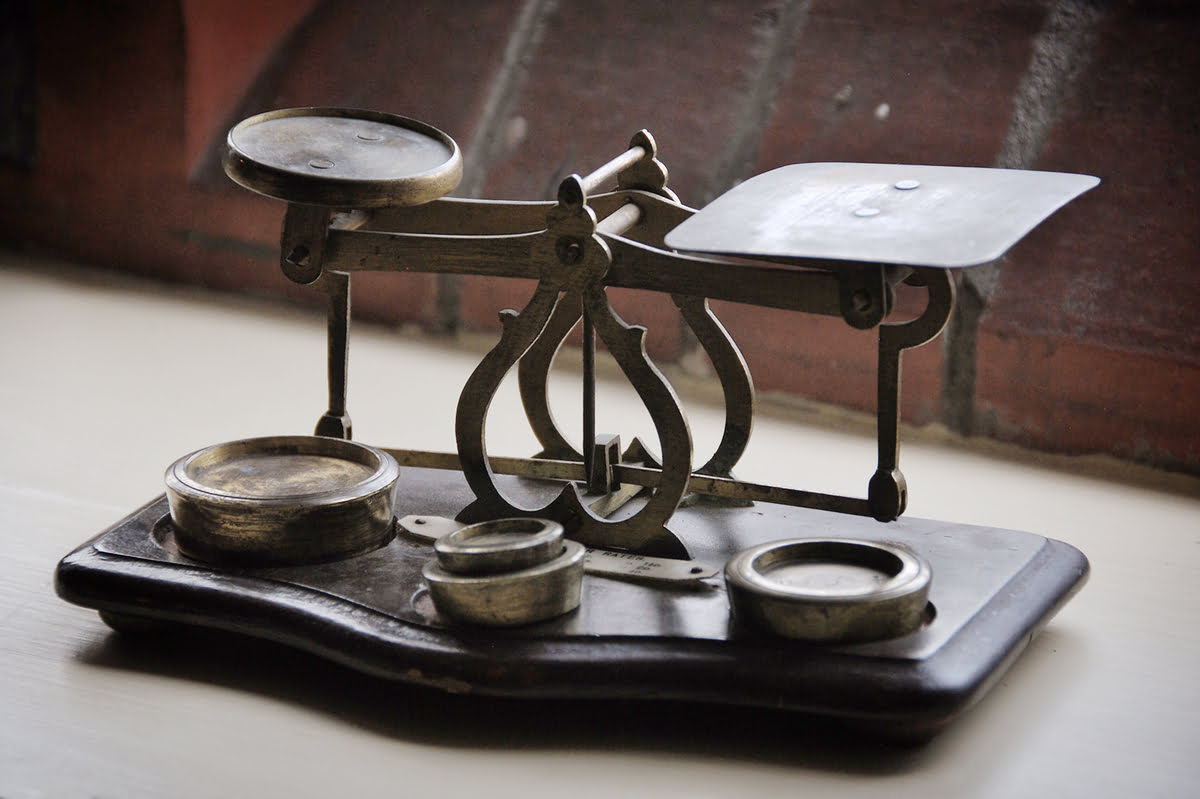
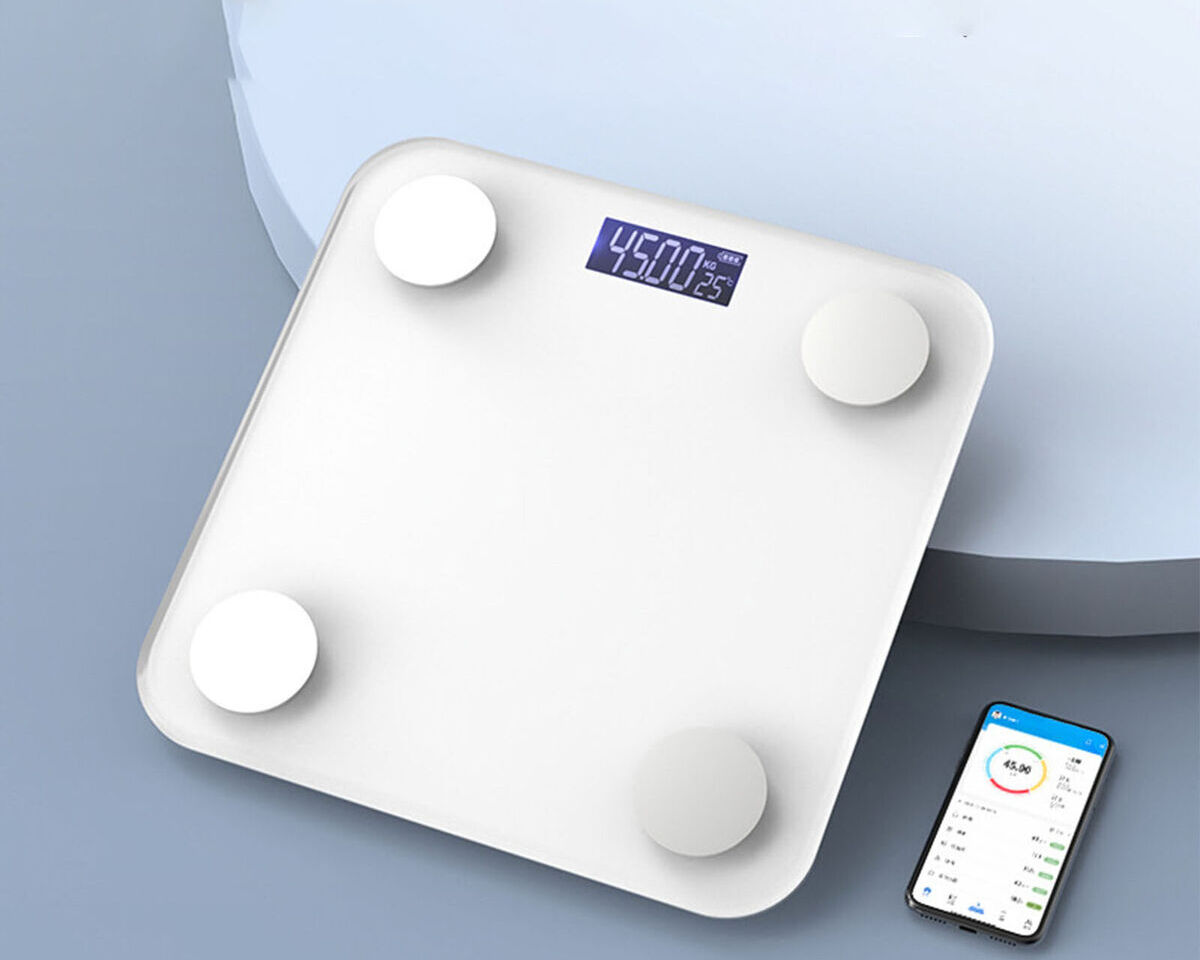
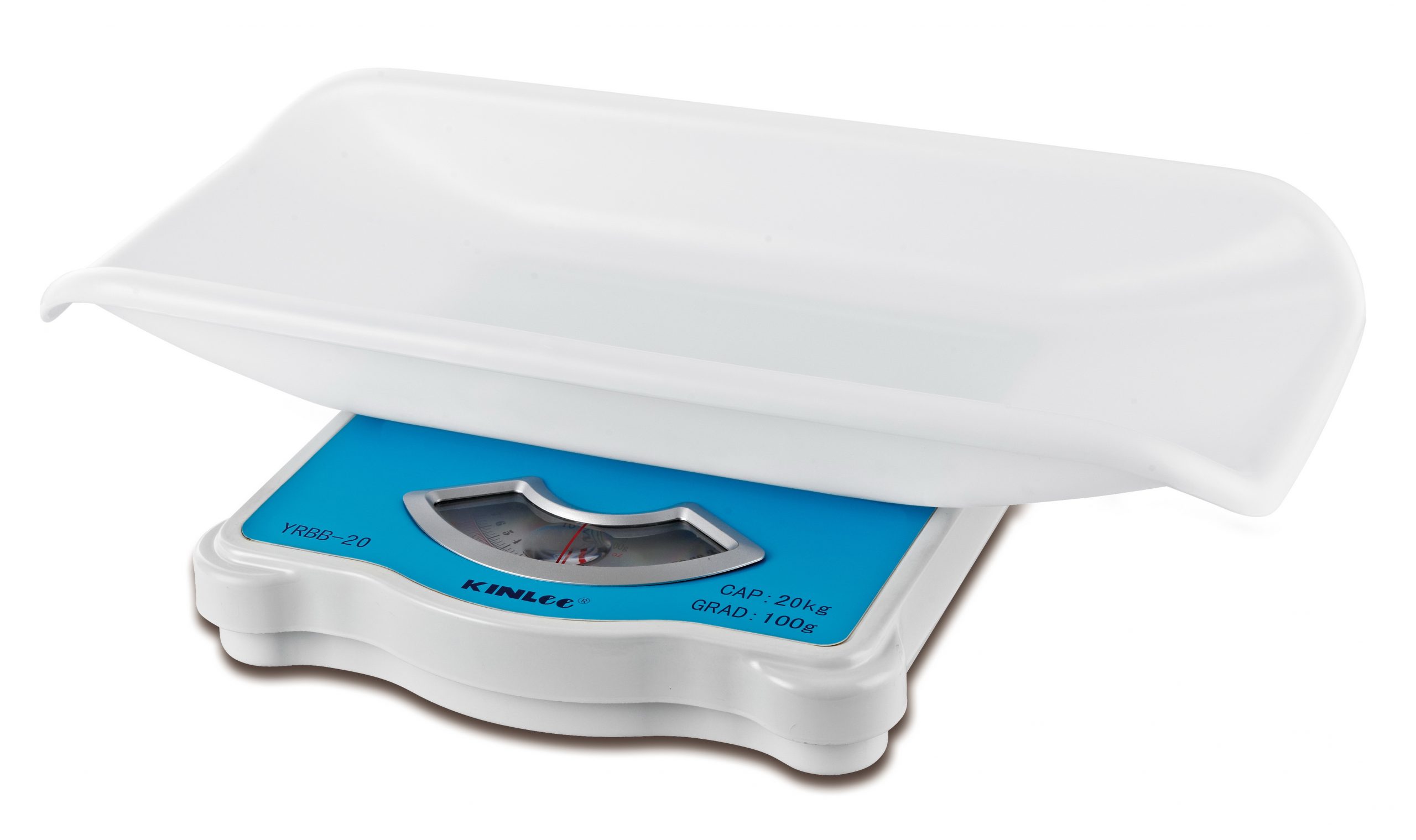
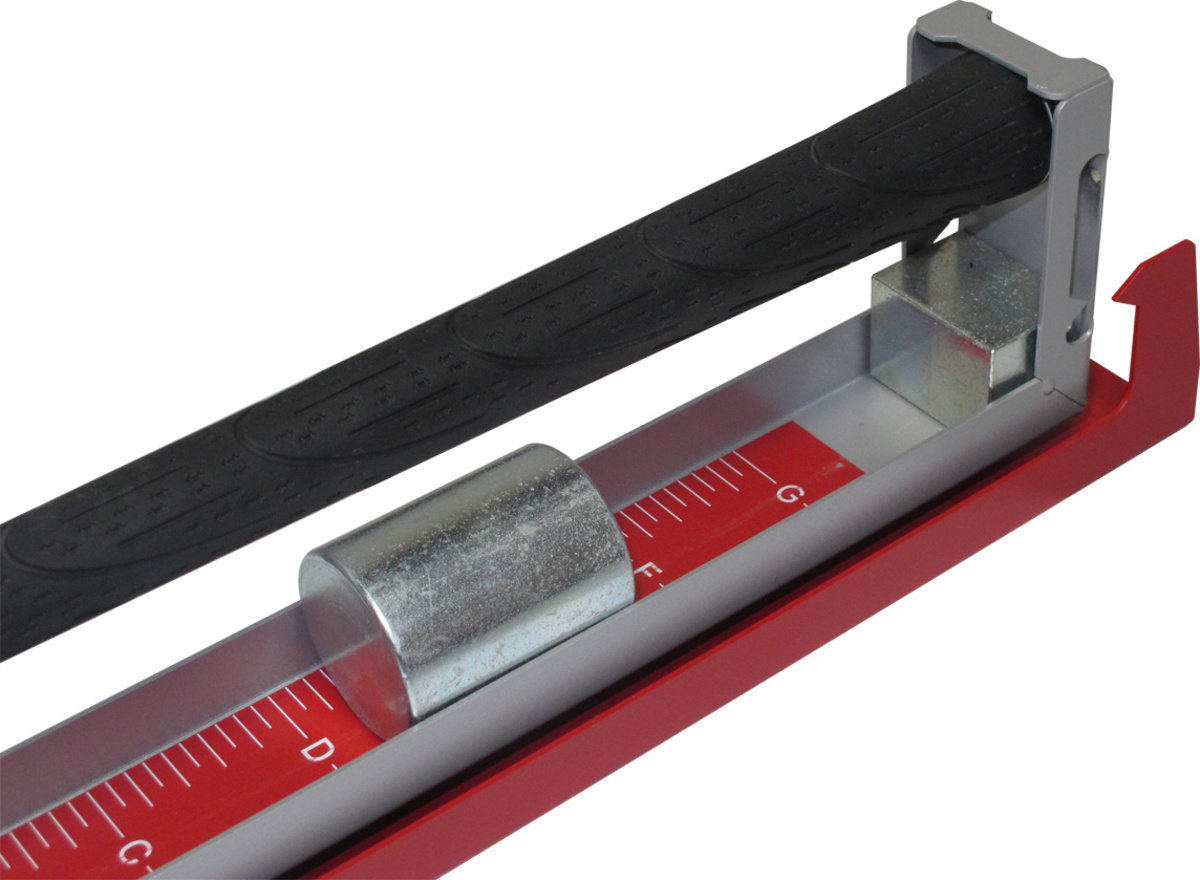
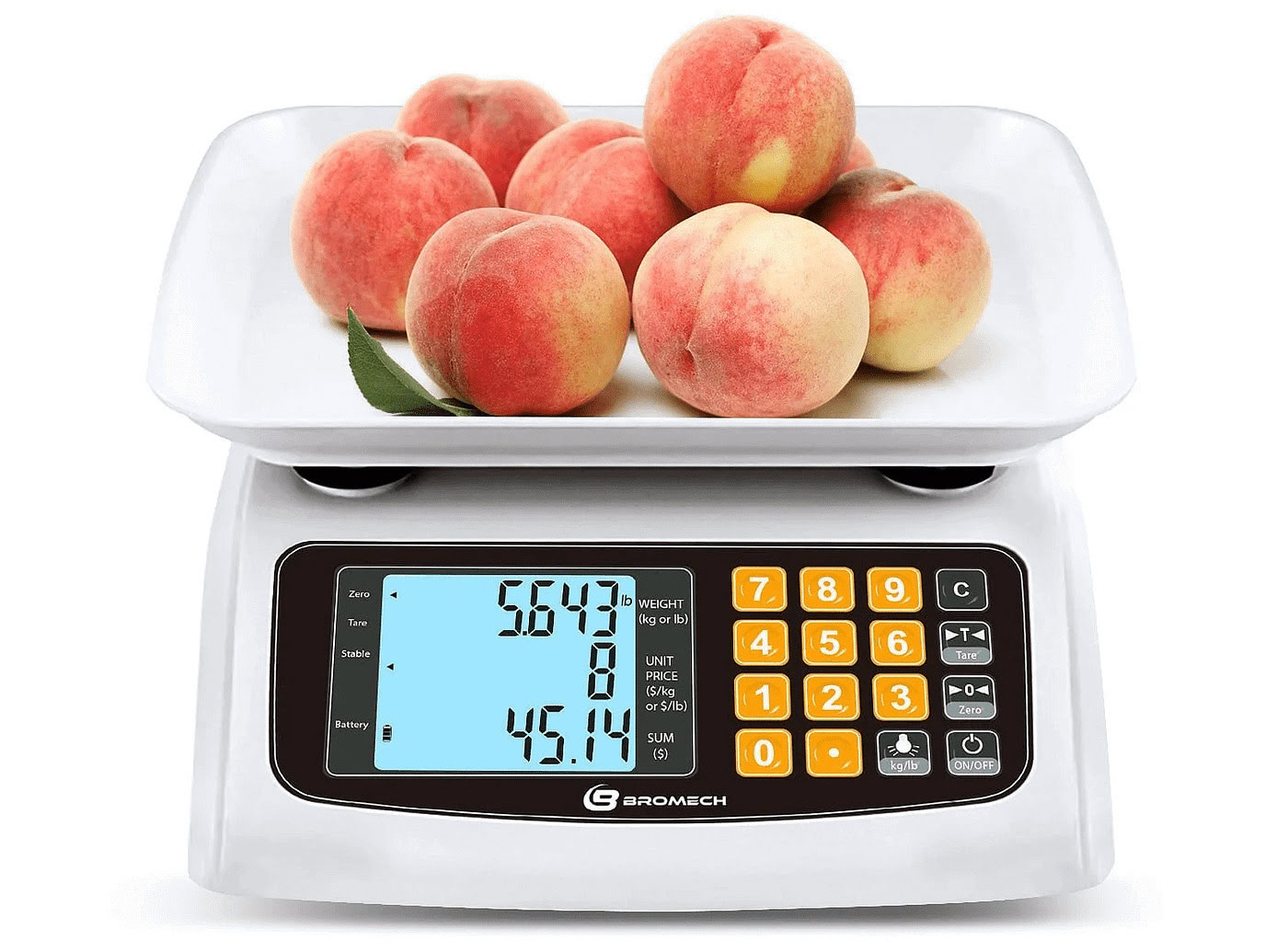


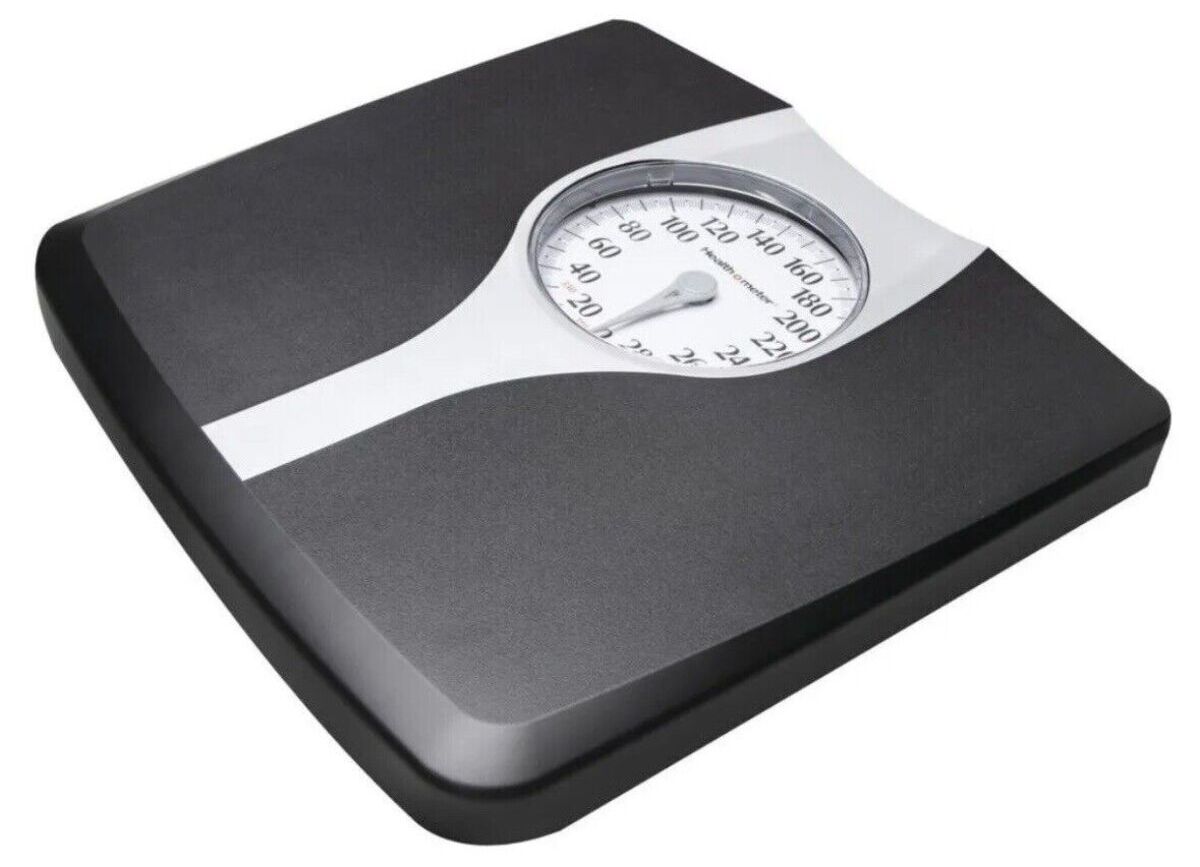
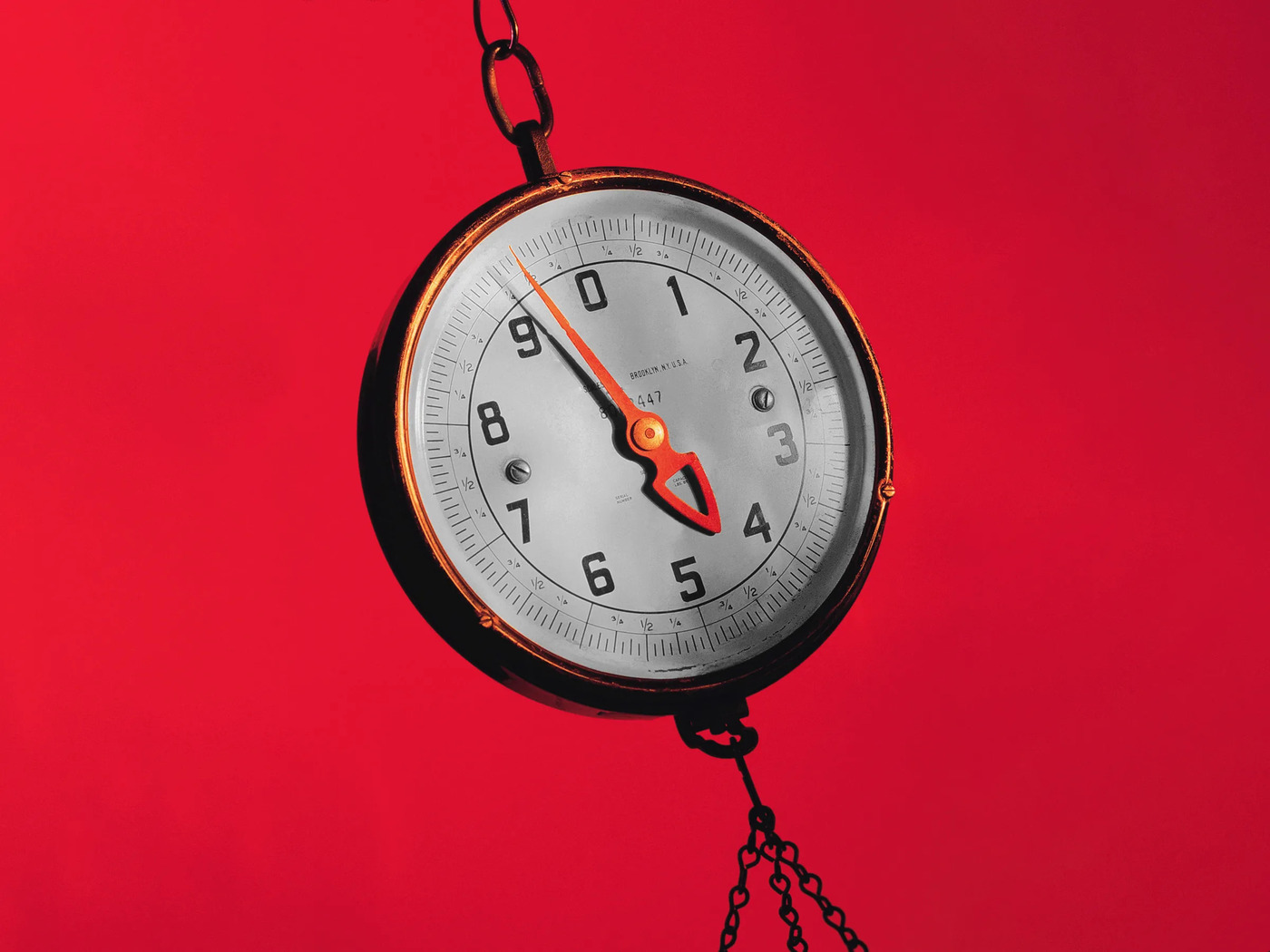

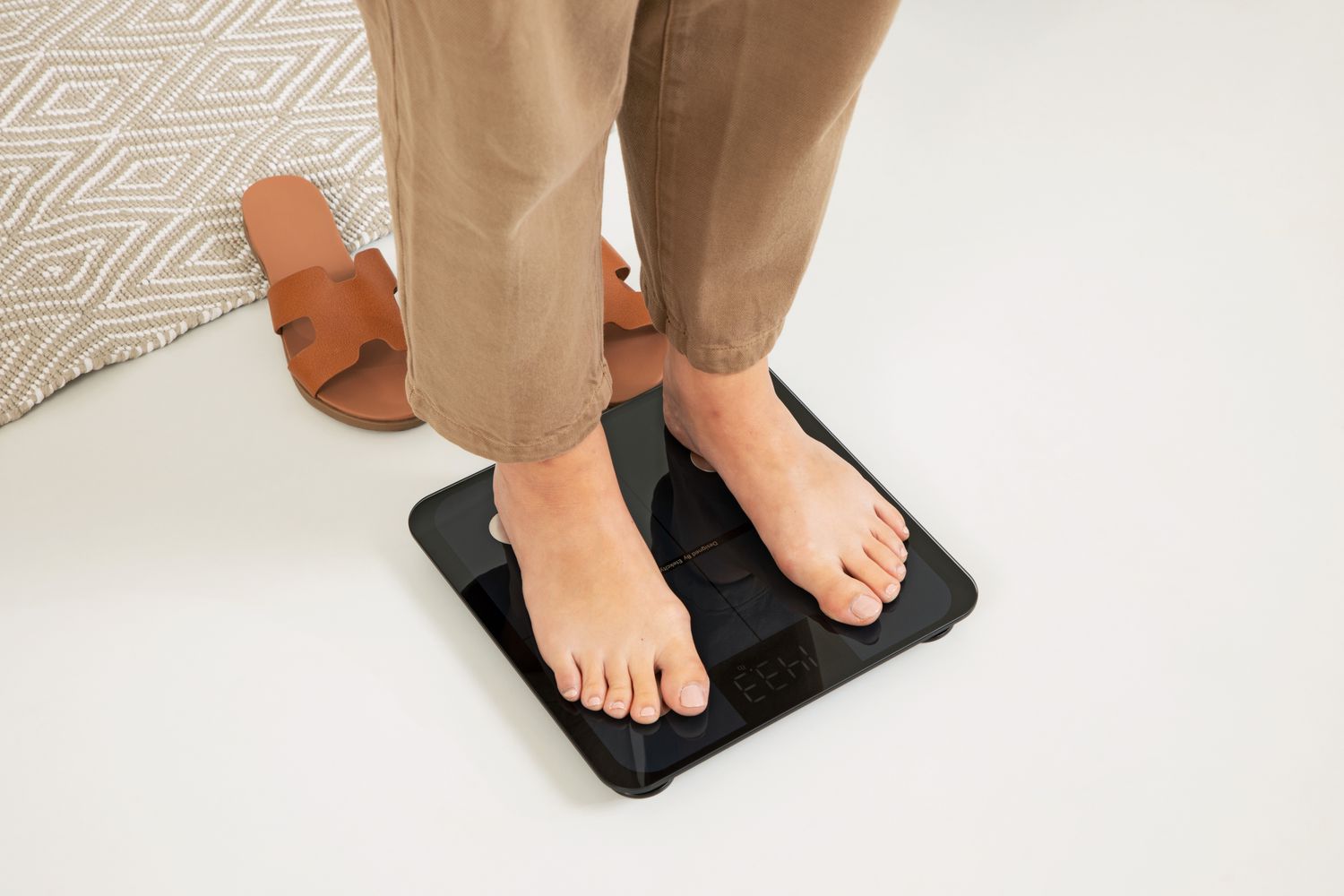
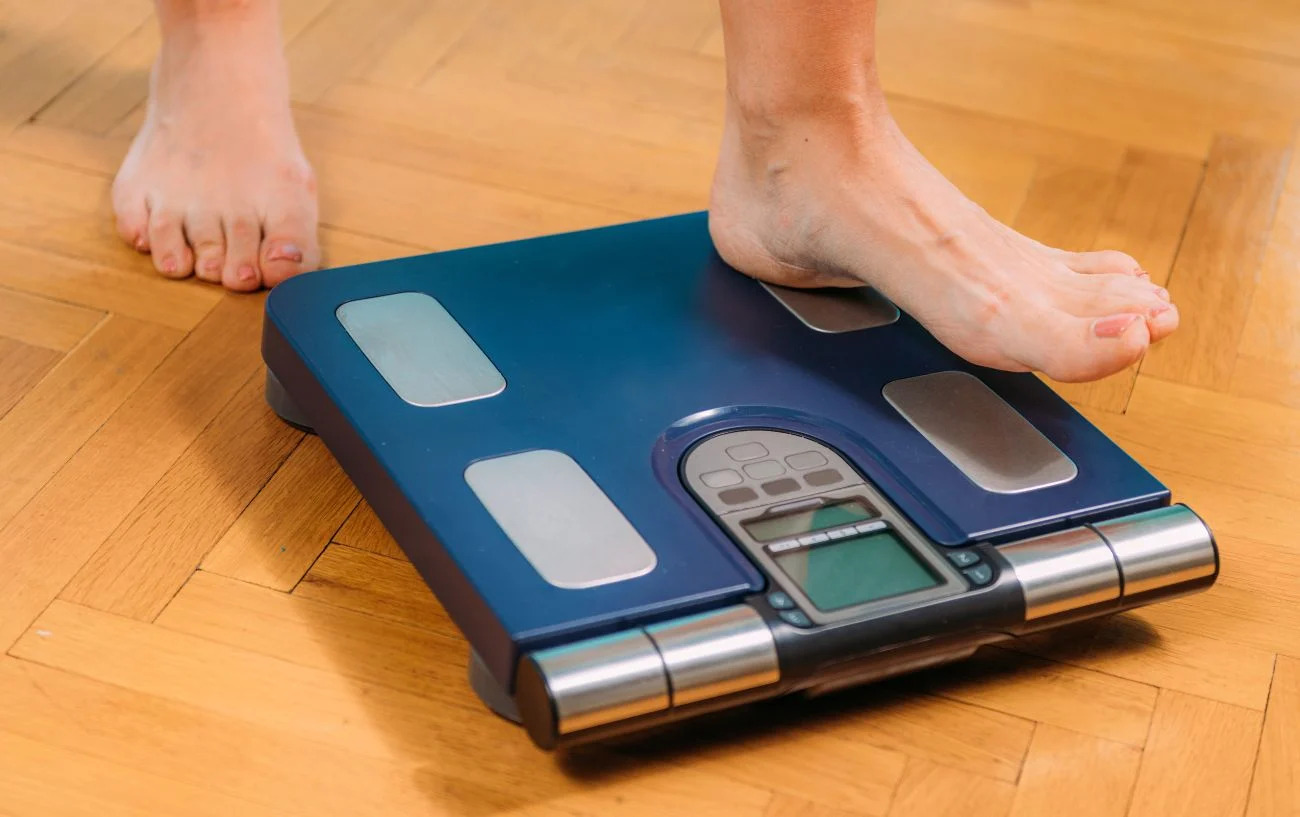

0 thoughts on “How To Reset A Weight Scale”